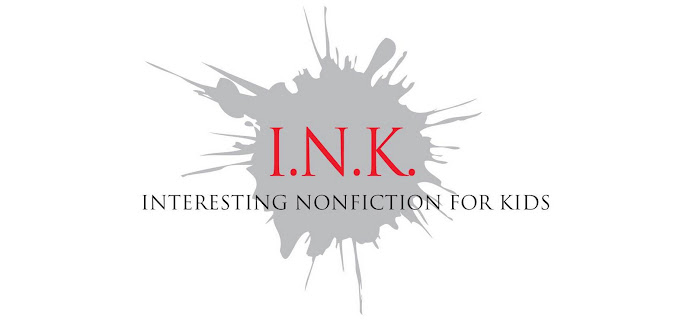 For example, if I wanted to show how television had a powerful impact on how we saw women in society in the 1950s, but didn’t want to veer off my beaten track with a lengthy description, I can (and did, in Almost Astronauts) show this quite effectively using images from Father Knows Best, the Mary Tyler Moore Show, and I Love Lucy. Looking at photographs also stirs ideas in me about what the images do NOT show as well as what they do show. This classic photo may conjure heroic images of America’s fearless astronauts to most people, but what I saw in this photo when collecting images for Almost Astronauts was what was NOT represented. The road not taken. The opportunity missed. The women in my story whose tale needs to be told.
For example, if I wanted to show how television had a powerful impact on how we saw women in society in the 1950s, but didn’t want to veer off my beaten track with a lengthy description, I can (and did, in Almost Astronauts) show this quite effectively using images from Father Knows Best, the Mary Tyler Moore Show, and I Love Lucy. Looking at photographs also stirs ideas in me about what the images do NOT show as well as what they do show. This classic photo may conjure heroic images of America’s fearless astronauts to most people, but what I saw in this photo when collecting images for Almost Astronauts was what was NOT represented. The road not taken. The opportunity missed. The women in my story whose tale needs to be told.It is the same for my newest book (Courage Has No Color) about the Triple Nickles. I continue to see what is—and sometimes more tellingly what is not—in the hundreds of photos I am looking through. I don’t just look at them; I listen to them. They speak to me. What are the images saying? What pops out at me that needs attention; that needs a voice? What more of the story is lurking in these photos, waiting for me to tease out and add to the overall narrative in the form of images?
This is my job, and I love it so, so much. I believe it is this love that makes my hands stop on one photo rather than another and take a closer look. What will I find? I can’t wait to find out!

1 comment:
Yes, yes, YES, Tanya! As most-definitely-not-an-illustrator, I love how photos (and drawings and even charts and graphs) give me the chance to tell a story visually. Tracking them down, choosing among them, creating "sub-plots" in the captions, I get a taste of what it might be like to draw and paint. (Maybe next lifetime....)
Post a Comment